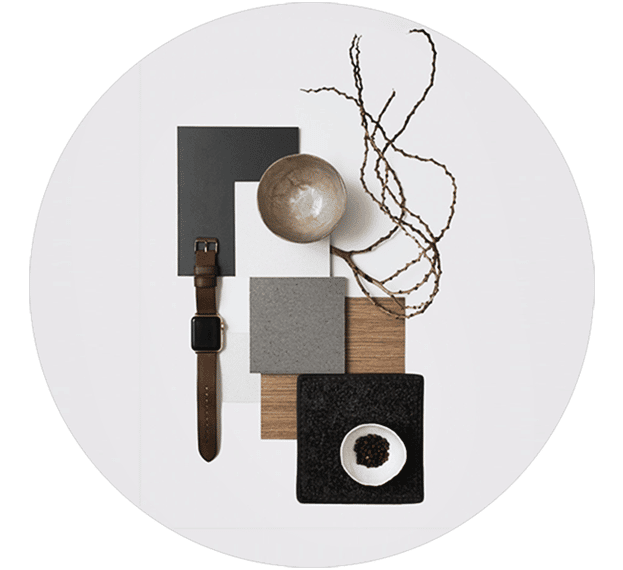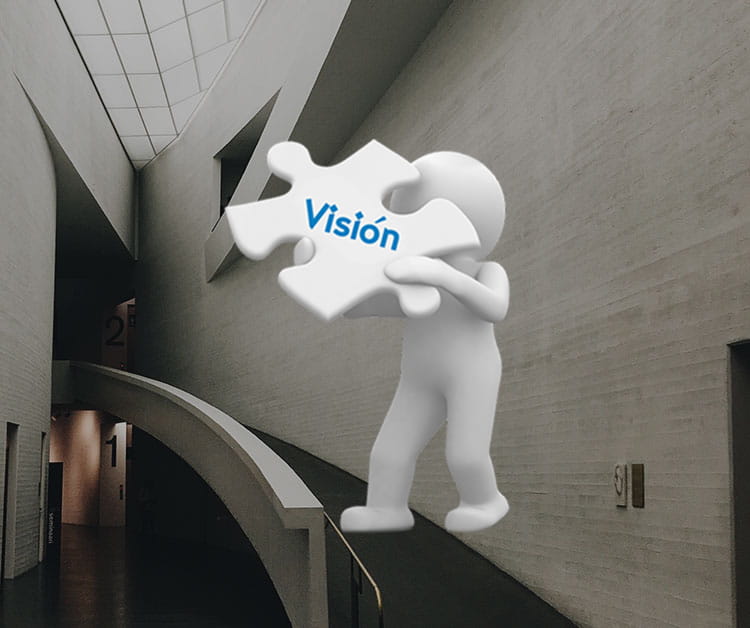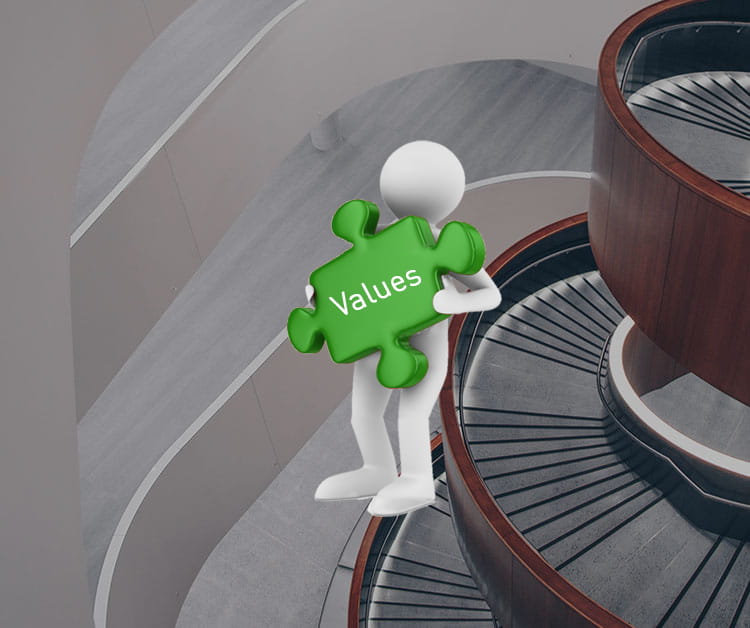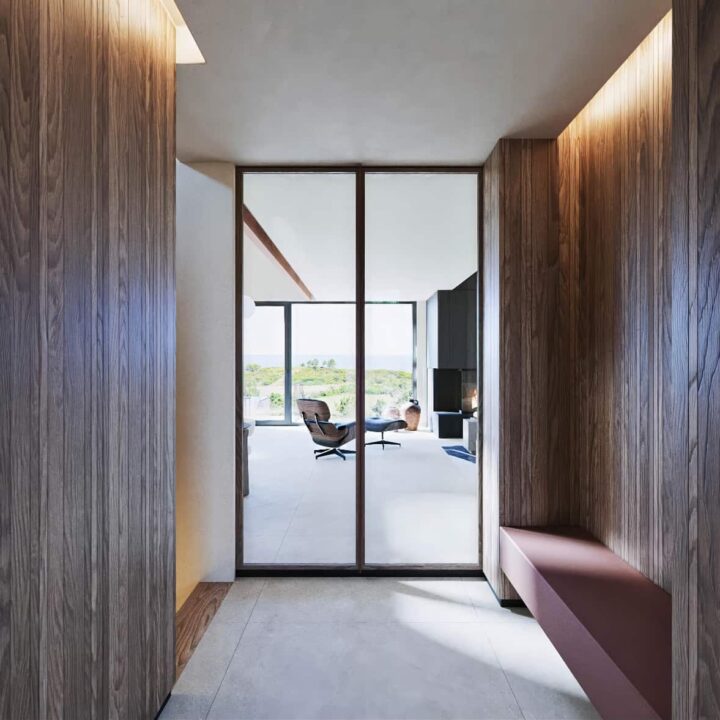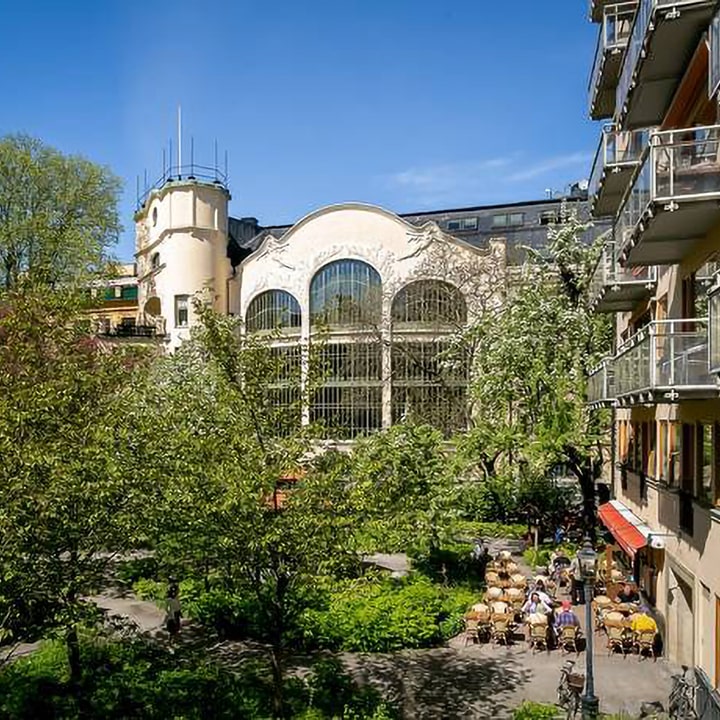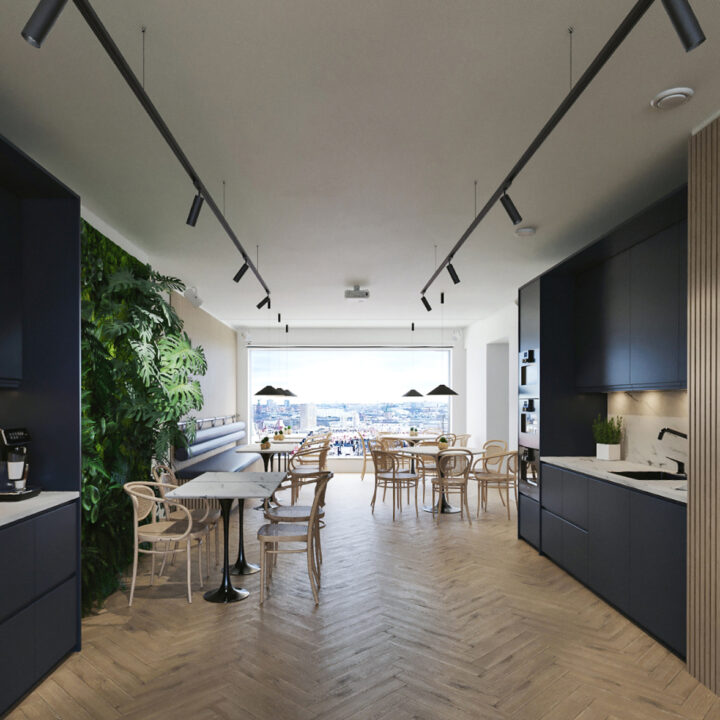Time is undoubtedly our most valuable asset – especially in today’s fast-paced world. In understanding this, Creative Visual Studio is committed to saving both buyers and sellers the most time possible. Thank to our property Virtual Reality solutions, we have eliminated the need for agents and prospective buyers to travel from one property to another. Clients are now able to enjoy an immersive three-dimensional virtual property tour of a number of listings from the comfort of their own current homes. What’s more, with Virtual Property tours not having time restraints to access, homebuyers are able to visit houses, apartments, lofts, and properties of any other kind 24/7.
Our Photorealistic 3D Imaging and Property Virtual Reality Tours helped a single client sell 2 houses in just 2 short months. Our generated plans for the 2 houses were published on the Uppsala real estate market on April 1st, 2021, for an asking price of 5 Million SEK.
After a bidding war, the houses sold for the following:
- House #1 sold in 2 weeks for 7 260 000 SEK
- House #2 sold in June for 7 290 000 SEK.
Construction of these houses is only taking place in March of 2022, but thanks to our design work, our client was able to sell both houses a year before any building would take place.
With the ultimate goal being to sell the property at hand, being able to produce a Virtual Property tour before building the property from the ground-up saves hundreds and thousands in costs. If we are to compare the costs of purchasing the plot, hiring architects, and engineers, building the property, designing the interior and furnishing it, hiring a photographer and real estate agent, and more – a one-stop virtual-shop cuts your costs exponentially.
Unlike traditional methods using the conventional 2D drawings, potential customers can take Virtual Tours of the unbuilt properties from any location, at any time. We offer our customers the opportunity to gain a unique experience and understanding of their potential property so they can focus their attention on detail. A fully immersive virtual tour allows people to envision themselves in that new environment and start building an emotional connection that engages customers to be more efficient in making their decisions.
